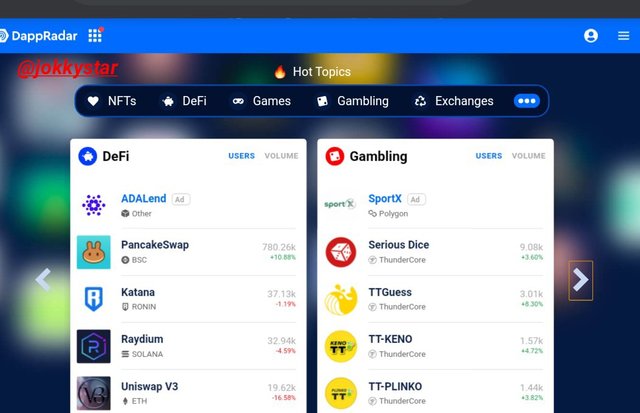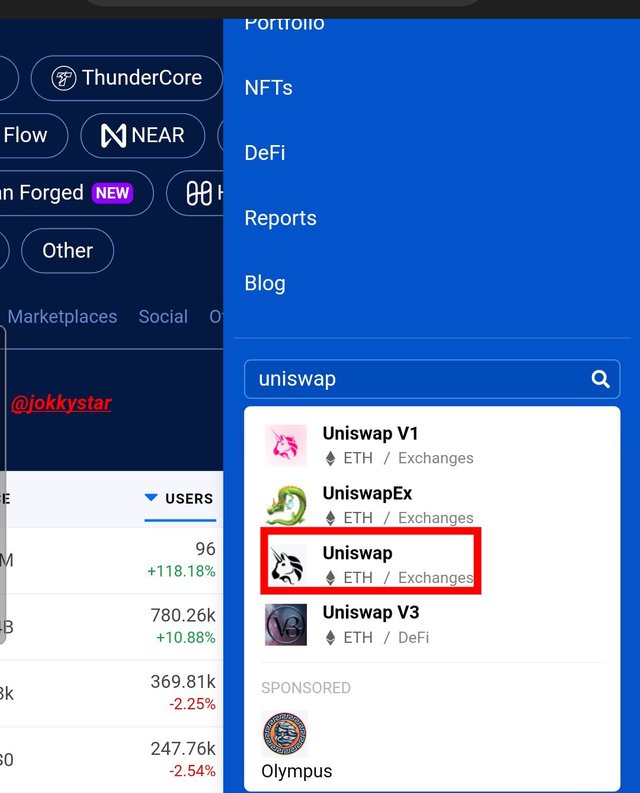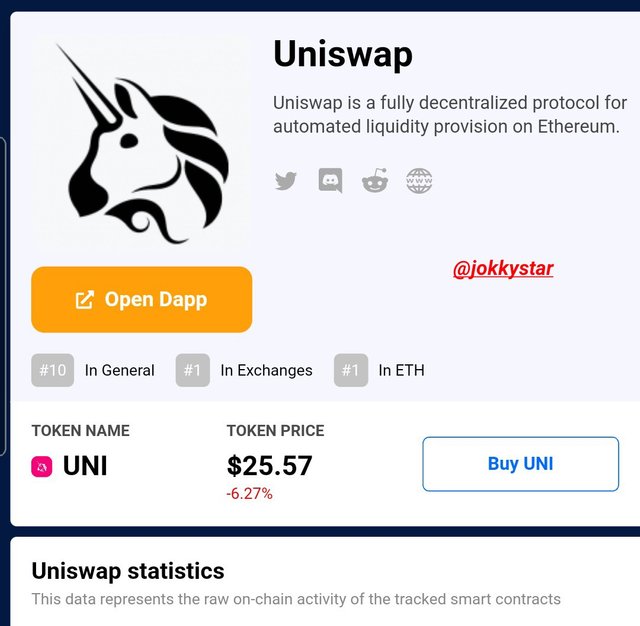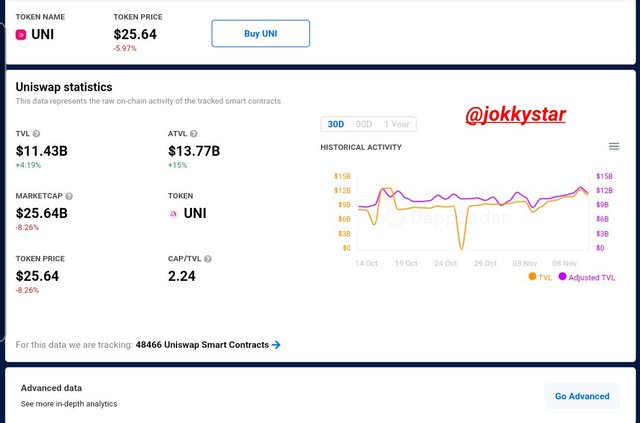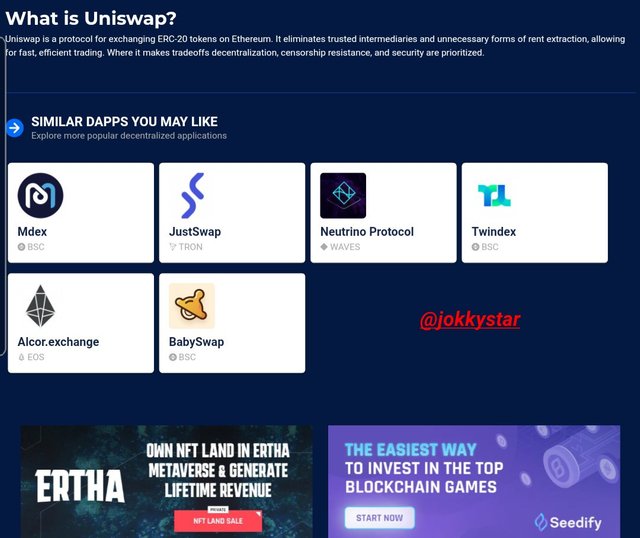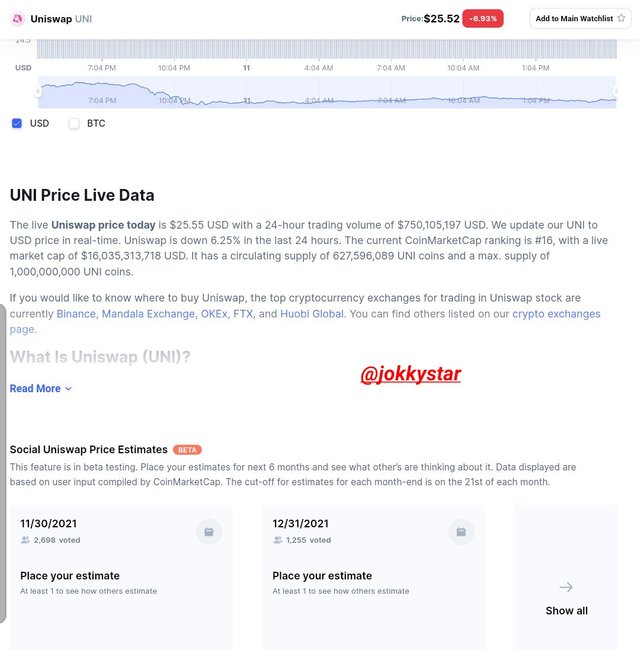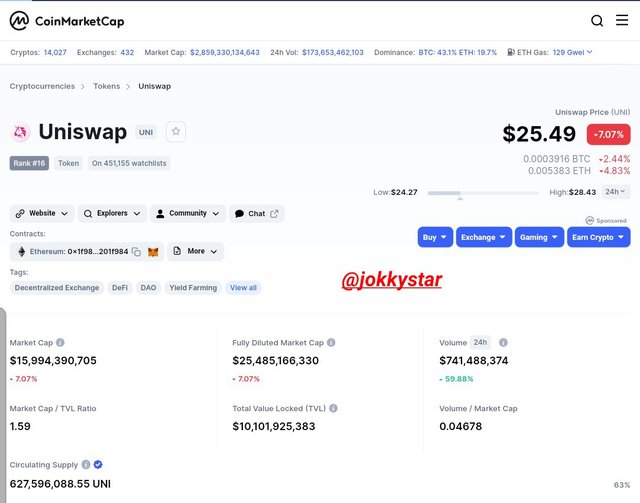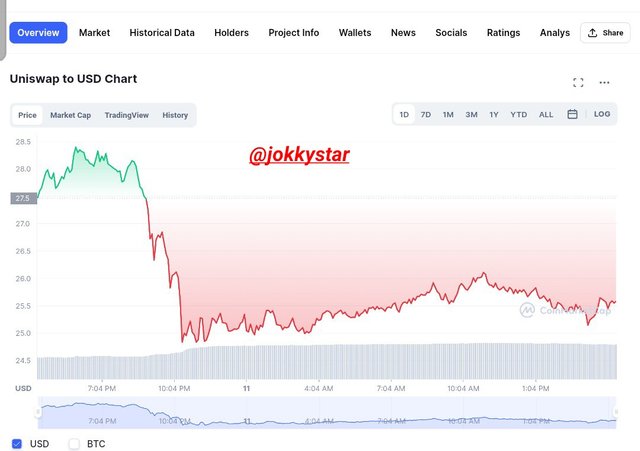Decentralized Applications (dApps) - Steemit Crypto Academy Season 4 - Homework Post for Task 8
In the lecture made for Task 8 of the Steemit Crypto Academy Season 4 Beginners' course, the lecturer which is Professor @wahyunahrul taught considerably on Decentralized Applications and their relationship to cryptocurrencies. So am gonna be answering the first question for this task and here are my answers below.
1). What are dApps? Explain the working system of dApps? What are the differences between apps and other applications? Explain the advantages and disadvantages of dApps? How can dApps developers promote their apps? What should we pay attention to when using apps? How do we find the information of a dApp that we want to know? Provide the steps (Screenshot required).
Now let's start!!
What are dApps?
A decentralized application can be simply explained as a computer application that operates on a decentralized computing system. DApps have been popular by distributed ledger techniques ologies like the Ethereum blockchain, where DApps occur often related to as reasonable contracts. The theory of dApps appeared before the blockchain was formulated! From the improvement of peer-to-peer file sharing, the emergence of the BitTorrent protocol, and secrecy browsers like Tor, the belief of dApps came to be. Nonetheless, nowadays apps are largely always related to blockchain technology, as this is what has rendered their application feasible.
We all know that the first blockchain invented was the Bitcoin blockchain. Which was being used only for monetary records and transactions as well, However creators promptly acknowledged that the blockchain technology powering the Bitcoin cryptocurrency could be utilized in so many other ways, and in the year 2013, the young creator known as Vitalik Buterin, presented itself with the Ethereum blockchain.
With Ethereum blockchain, Buterin strived to build a decentralized, blockchain-based internet, abolishing the desire for middlemen by executing automated if-then declarations called Smart Contracts. These smart contracts are durable and steadfast, just like the lists on a blockchain, and as such delivered a trustless system for transactions, without the necessity for an intermediary. This built the framework for the development of dApps. So... What are dApps?
A dApp is an application that is being built or created on a decentralized network that compresses a reasonable contract and a frontend user interface."
This means that DApps are the active implementation of the smart contract. DApps are applications that are built on a peer-to-peer network instead of a centralized server. This simply means that apps are not governed by a singular authority, but, just like the blockchain, are being supervised by the partaker of the network.
How do dApps work?
dApps work through Smart contracts. Before we can understand dApps, we would need to understand smart contracts. Smart contracts are almost a collection of code, is a program written in and uploaded onto a blockchain that once uploaded In a blockchain which can run independently, literally as programmed, and without the demand for central permission. DApps operate reasonable contracts in their backend code that operates on a decentralized network, while their frontend code and user interface can be jotted down in any languages that can call up its backend.
Differences between dApps and other applications
Before I begin on this I will like to throw more light on how traditional apps process. Traditional apps are built or created on centralized networks I.e. a centralized network hosts the application servers. This simply means that the apps are generally supervised by one party, and as such are available to data breaches from that central point.
Nevertheless, with dApps, due to the evidence that, instead of a centralized network and a central party in the supervision of them, they are on a decentralized network, and regulated entirely by the logic built into the smart contract. This makes them vastly less accessible to malicious raids from hackers and the likes. For a cracker to attack a dApp, they would need to get control over the bulk of the occurring nodes on which dApp is running.
Another thing u need to know is that, due to the decentralized essence of dApps, there is nobody in charge of one's data and possession, except the individual. There is no central permission in charge of data management on dApps, unlike with centralized apps.
Advantages of dApps
Cost of Development:DApps expenditure much less to formulate than traditional centralized apps where one has to take into appreciation things like the cost of cloud server fees, supervision fees, and other fees.
Anonymity:Users of dApps do not have to deliver real-world identification most periods to use them. Nonetheless, wallet addresses and interchanges are stored by the dApps. This gives some level of privacy to dApp users.
Ownership & Control: With dApps, users can be entirely in charge of their data and assets.
Zero downtime:recently Facebook and all pertained apps like Whatsapp & Instagram, encountered downtime due to mistakes from their centralized servers. This can't happen in dApps, because, if a node running the dApp on the network has any challenges, it doesn't influence the dApp or all the other nodes on the network.
Security:dApps is tamper-proof, and inflexible, just like the blockchain, hence they are very safe from hackers and other capability malicious attacks.
Disadvantages of dApps
Usage cost: Many centralized apps do not have fees connected to their usage. Nonetheless, most dApps have concomitant fees with every action one does on the app.
DApps are naturally much passive than centralized apps. Extensively blockchains are not fast and have low transaction accelerations. DApps created on these blockchains end up standing quite slow as well. Although, some third-generation blockchains are created to have high speeds and this would improve the speed of dApps that run on the blockchains.
The scarcity of central permission can also end up being a disadvantage, as there is no one to mitigate human misconception. For illustration, if one makes a trade to a wrong address. There is no one to report to.
The user interface of dApps is usually complex and honestly unappealing for most apps when correlated to their traditional companions.
It is hard and risky to change the basic code of, increase, or maintain dApps. Even when bugs are realized on these dApps, most times improvements cannot be made. This is because they have already been uploaded to the network, and there is no central server to revise from.
How do dApps developers promote their apps?
They are different ways dApps developers promote their applications is through Pre-launch Airdrops and ICOs. DApps usually have tokens that incentivize users to use the dApps. If the dApp is deemed valuable and meaningful by investors, they would like to partake in the ICO and bag some of the tokens for themselves, in hope of the token's improvement in value.
People would also be interested in partaking in the airdrops for the same reason. These airdrops usually have some kind of referral scheme created into them. This brings many people to the knowledge of the app.Another way dApp creators promote their applications is through the use of social media. Social media is an extremely good platform for advertising, and many app creators have taken to Facebook, Instagram, Reddit, and most particularly to the streets of Twitter, striving to promote their applications and progress a lot of traction. This is a useful technique, especially when paired with the Airdrops and ICOs.
Things to pay attention to when using apps?
One should always confirm that data is entered into a dApp is correct, particularly transaction data. This is because dApps do not have any central permission to assist when errors are made. So, one should constantly double-check data like wallet addresses and percentages before making any transactions.
One should guarantee that the app is not a scam. This is done by discovering data on the dApp from responsible sources. The sphere of cryptocurrency is thus massive and welcomes everyone; the nice, the bad, and also the hackers. Onee should always ensure to analyze apps before usage, to lessen the risk of being scammed.
How to find the information on a dApp of choice.
To discover the information on a dApp that you want to use, you can visit app radar.
For this illustration, I will be making use of the dApp, UNISWAP.
Review the particular app you need and choose it. In this case, it is UniSwap
U will need to go to dAppRadar
Study for the specific dApp you want and choose it. In this trial it is UniSwap.
The site presents awareness on the dApp you have requested. This information includes links to the dApp website and social media profiles (if it has one), a small description of the app, it's ranking, and additional.
You can also browse for the app token on CoinMarketCap to gain more information.
DApps are a remarkable expansion to blockchain technology, and they come with all their advantages and disadvantages. Hopefully, in time to come, they will be more active and see additional adoption by the magnitudes.
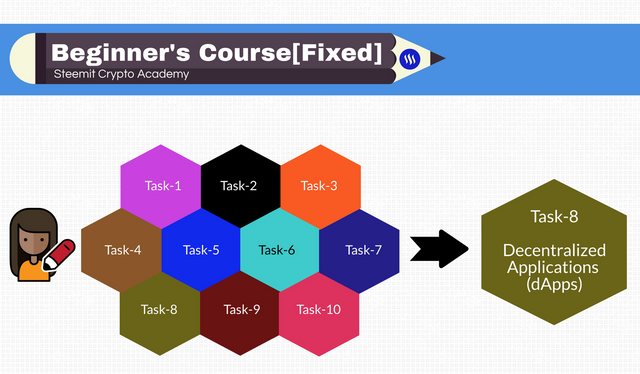
.jpeg)
.png)
